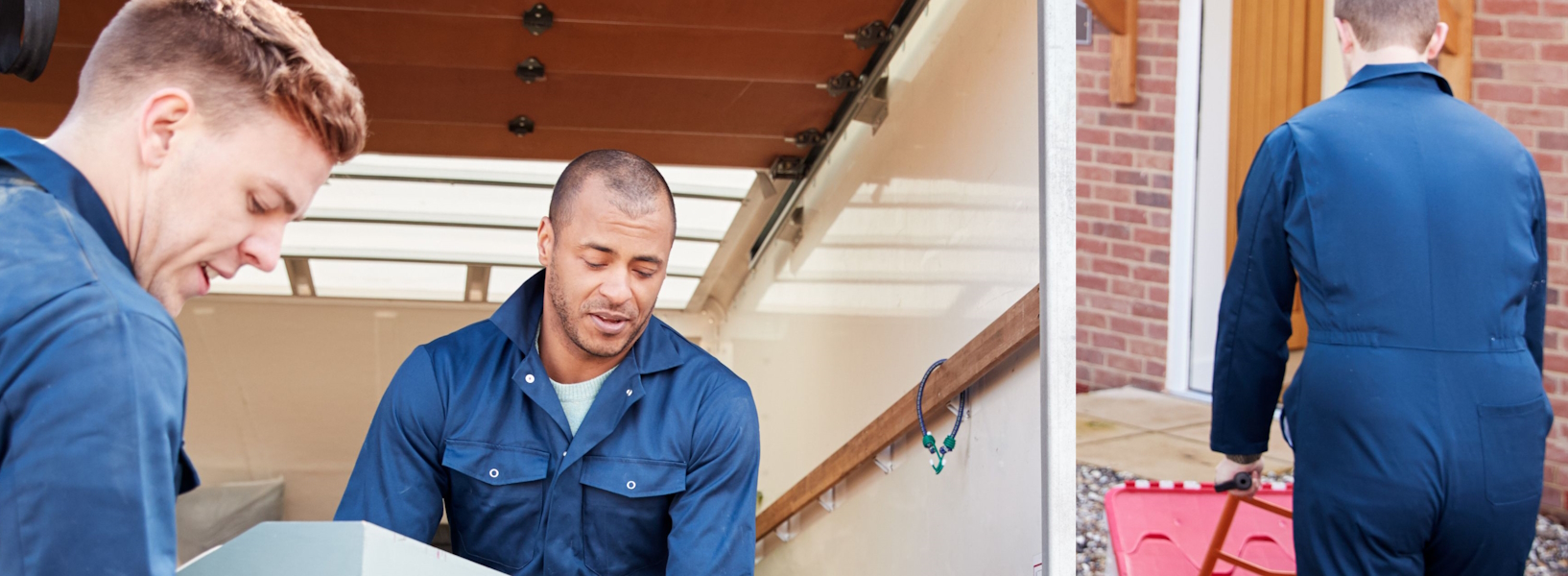Clearing a hoarder’s house is never a simple task. It’s not just about removing clutter—it’s about understanding the complex emotional and psychological factors behind the hoarding behaviour. Whether you’re a family member, friend, or professional service provider, approaching the situation with patience, empathy, and care is essential.
Here’s how to handle a hoarder’s house clearance respectfully and responsibly.
1. Understand What You’re Dealing With
Hoarding is a recognised mental health condition. It’s often linked to anxiety, depression, trauma, or obsessive-compulsive tendencies. What may appear to be “just junk” to some could hold significant emotional value to the person who hoarded it.
The first step in any clearance is to acknowledge the sensitivity of the situation and avoid judgement. Compassion goes a long way.
2. Involve the Right People
If the individual is still living in the home, it’s important to involve them in the process wherever possible. For deceased estates, family members should be consulted early to ensure nothing important or sentimental is discarded.
Depending on the severity, it may be appropriate to involve:
-
Mental health professionals
-
Social workers or support workers
-
GPs or local authorities (in extreme cases)
-
Trusted family or friends
A team approach ensures the clearance is handled with the dignity and support it deserves.
3. Choose a Specialist Clearance Company
Not all clearance services are equipped to handle hoarding situations. Look for companies with experience in hoarder house clearances—professionals who understand the physical and emotional complexities involved.
A good clearance team will:
-
Work at a pace that suits the family
-
Handle items with care and confidentiality
-
Provide flexible scheduling and discreet service
-
Separate out valuables, keepsakes, and important documents
4. Sort, Don’t Just Skip
Even in the most cluttered homes, there are often valuables, family photos, legal documents, jewellery, and irreplaceable items hidden under the piles. A thoughtful approach involves sorting carefully, not rushing.
Professionals should take the time to go through items methodically, putting aside:
-
Cash or bank documents
-
Legal papers (wills, deeds, insurance)
-
Jewellery and watches
-
Photos, medals, letters, and mementos
This ensures nothing of emotional or financial value is lost in the process.
5. Be Prepared for Biohazards and Safety Issues
Hoarded homes can present serious health risks:
-
Rotting food
-
Vermin infestations
-
Mould or damp
-
Human or animal waste
-
Fire hazards and blocked exits
Specialist teams often come equipped with protective gear, cleaning tools, and biohazard disposal protocols. It’s not a job for the unprepared.
6. Respect Privacy and Confidentiality
Many families worry about neighbours, social stigma, or shame. A professional clearance team will be discreet, respectful, and non-judgemental—using unmarked vans if needed and keeping everything confidential.
7. Provide Aftercare Support
Clearing the home is just one part of the journey. In many cases, individuals or families benefit from:
-
Counselling or mental health support
-
Help with organising what remains
-
Ongoing cleaning or maintenance services
-
Support in downsizing or relocating
If the person remains in the home, it’s important to avoid re-traumatising them by changing everything at once. Gradual improvements may be more effective than a sudden transformation.
Conclusion
Clearing a hoarder’s home is more than just a clean-up—it’s a deeply personal, and often emotional, process. By handling it with sensitivity, respect, and professionalism, you can protect the dignity of those affected and help them move toward a safer, more manageable living environment.
Whether you’re managing this as a family member or hiring a professional service, remember: compassion matters just as much as capability.

